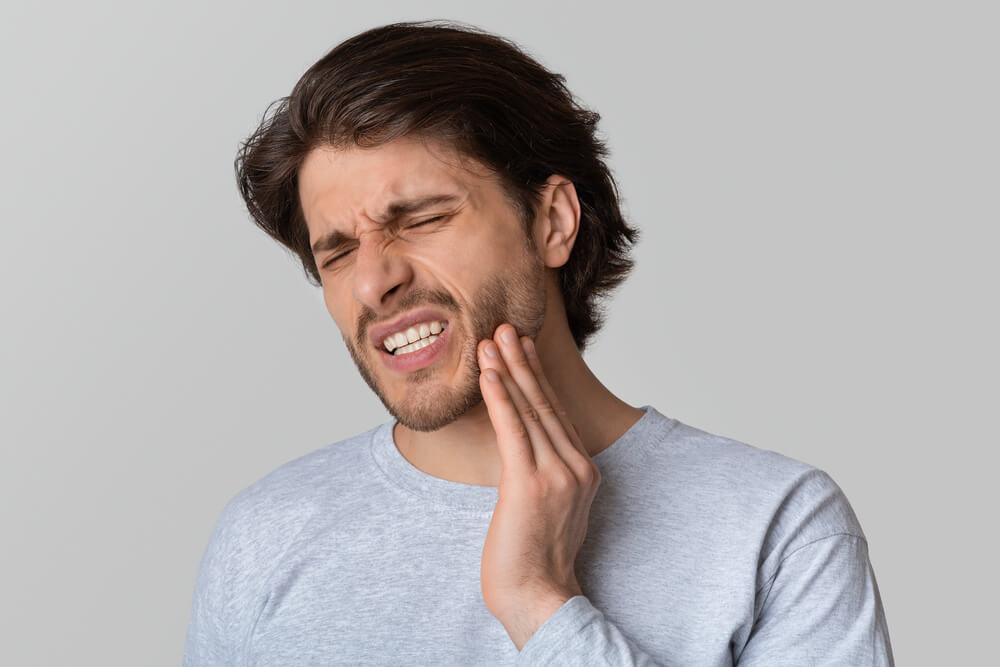DIAGNOSIS
During a dental examination, the orthodontist will inspect your gums and record the signs of inflammation. He/she will also measure the spaces between the gum and teeth called “periodontal pockets” to indicate the gum’s general health.
Moreover, the orthodontist will look for signs of gum problems like:
- bleeding
- swelling
- redness
- soreness
- bad breath
Furthermore, the orthodontist will conduct a biopsy when there is a severely affected tissue.
TREATMENT
If the dentist suspects that you have periodontal disease, he/she will begin with a thorough and deep dental cleaning.
For gingivitis disease, a skilled dental cleaning will pull out the plaque and tartar around the teeth to heal the gums.
For gum recession, the dentist will use gum graft, a technique that involves surgically grafting tissues from another portion of the mouth.
For gum abscess, the dentist uses a scaling and root planing procedure to remove the dirt, diseased tissue, and any pus.
Furthermore, medications like antimicrobial mouthwashes and oral antibiotics can help in treating gum problems.


